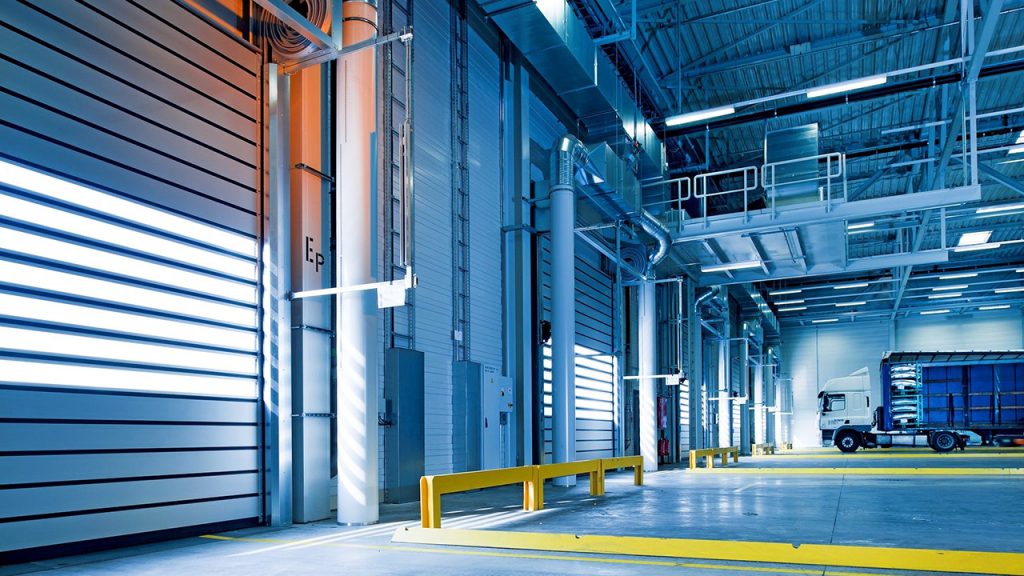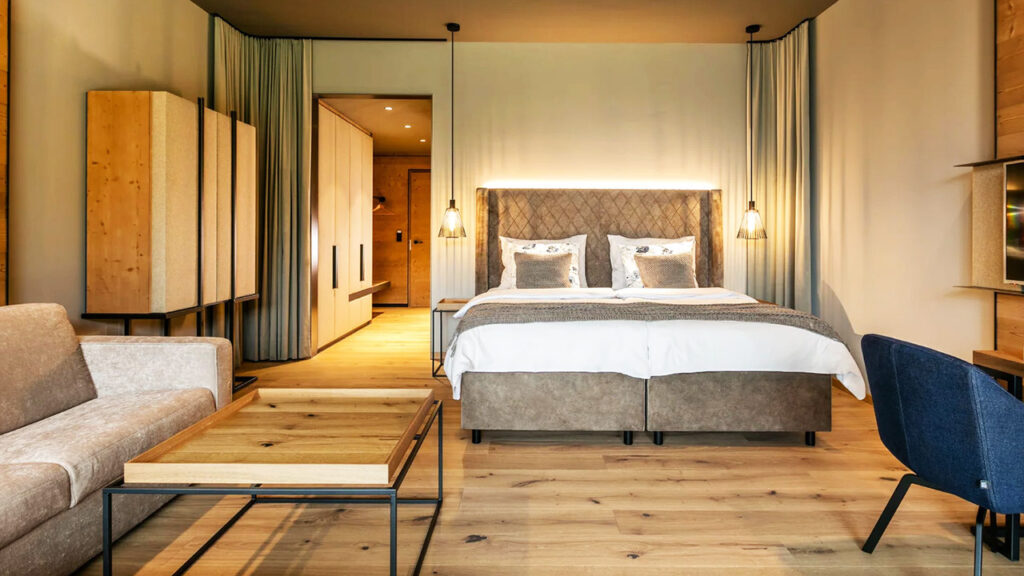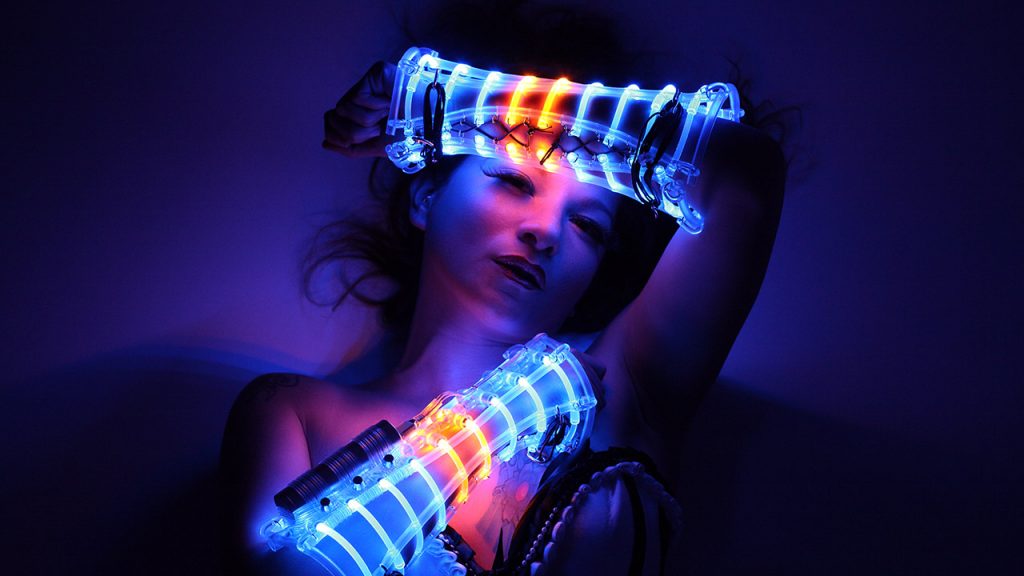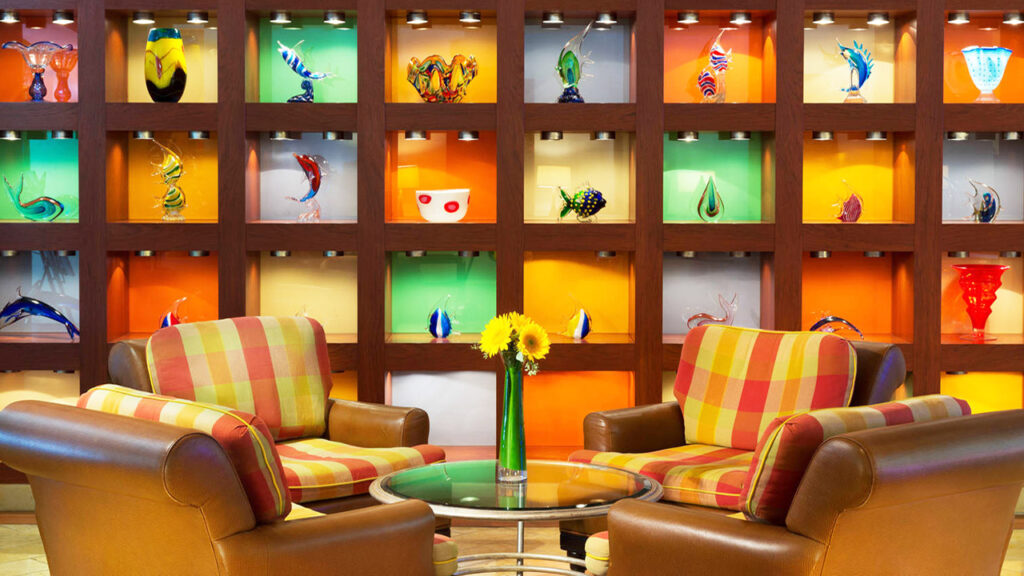Everything You Need to Know about Warehouse Lighting
Warehouses are often deprived of natural light and contain high shelves and narrow corridors. Good lighting in warehouses speeds up shipment, makes it easier to distinguish products and helps prevent work accidents. So how to make good warehouse lighting?

Good lighting in warehouses speeds up shipment, makes it easier to distinguish products and helps prevent work accidents. So how to make good warehouse lighting?
Warehouses are often deprived of natural light and contain high shelves and narrow corridors. Therefore, specially designed lighting fixtures with narrow beam angles should be used.
Although the light level of 100 lux is considered sufficient in warehouses in general, the need varies according to the usage and area of the warehouse. For example, in areas where small products are stored, a light level of 200 lux may be needed to ensure that their products are recognized. In cold stores, on the other hand, the need for lighting is slightly higher than ordinary warehouses. A light level of 300 lux is recommended in such areas.
In addition to lighting the area in the warehouses, it is also very important to illuminate the shelves. In this way, products can be easily placed on the shelves with the help of a forklift and then found quickly when needed.
A minimum of 50 lux vertical light level is required to illuminate the shelves in the warehouse.
The glare created by the lighting in the warehouse can be disturbing for the forklift driver and warehouse workers. As a result, work accidents and serious injuries may occur. Therefore, it is important to minimize glare caused by lighting.
Depending on the ceiling height, High-bay or Low-bay lighting fixtures are used to illuminate the warehouses. Designed for use in industrial facilities, these lighting fixtures are resistant to water, dust and humidity, just like an outdoor lighting fixture.
The use of LED lighting in warehouses eliminates tedious periodic work such as lamp control and replacement. LED lighting makes the products in the warehouse look closer to their true colors, emits less heat and saves up to 80 percent energy compared to traditional lighting systems.
The cost of lighting is not only limited to energy costs, the cost of operation and maintenance should also be considered as an important factor. When choosing lighting, the total costs over the life of the system should be considered.
Warehouses are usually very large areas and not all of this area is actively used at all times. Therefore, the use of motion detection sensors and smart lighting systems ensures that the lighting is activated locally when needed. In this way, unnecessary lighting is avoided and energy consumption is reduced.






